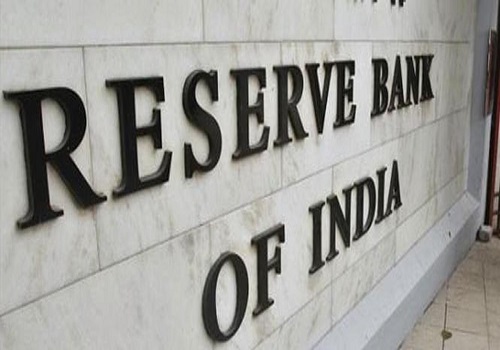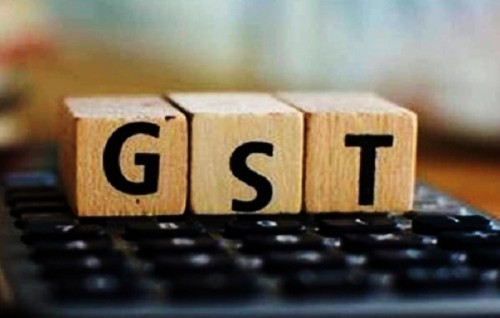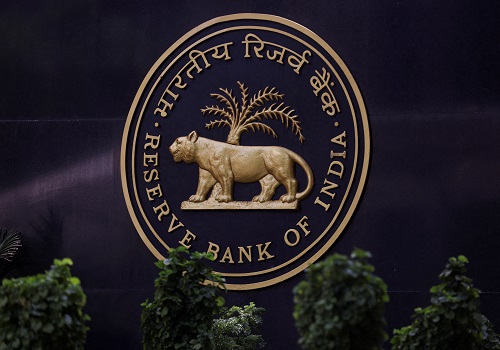India`s growth in April-June quarter likely to be driven by private consumption, rural demand: RBI article

Follow us Now on Telegram ! Get daily 10 - 12 important updates on Business, Finance and Investment. Join our Telegram Channel
A Reserve Bank of India (RBI) article has said that India’s growth in the April-June quarter is likely to be driven by private consumption, supported by reviving rural demand, and renewed buoyancy in manufacturing. It said the global economy is transfixed in the cross-currents of slowing growth and high inflation, and an uneasy calm prevails in the global financial markets as they await clearer signals from policy authorities on banking regulation and supervision, and contours of deposit insurance.
The article on ‘State of the Economy’ stated that in April and the first half of May 2023, domestic economic conditions have sustained the quickening of momentum seen in the last quarter of 2022-23. Headline inflation eased below 5 per cent in April 2023, for the first time since November 2021. It further said corporate earnings are beating consensus expectations, with banking and financial sectors posting strong revenue performance, aided by robust credit growth.
The article has been authored by a team led by RBI Deputy Governor Michael Debabrata Patra. The central bank, however, said the views expressed in the article are those of the authors and do not represent the views of the Reserve Bank of India. The article further said retail inflation (consumer price index) print for April 2023 indicates that momentum is turning out to be softer than anticipated on account of a fall in wheat prices, the fifth consecutive monthly decline in prices of oils and fats and the third consecutive monthly decline in the prices of eggs.
It said the prices of vegetables and fruits are also weathering the summer heat better and their momentum is lower than their historical record for this time of the year. Kerosene prices are on the decline and importantly, core inflation - CPI excluding food and fuel - is treading on softer momentum (seasonally adjusted) relative to the persistent elevation over the past 10 months. Rice prices could see a significant correction if sales from buffer stocks, which are three times larger than the norm, are undertaken.
























